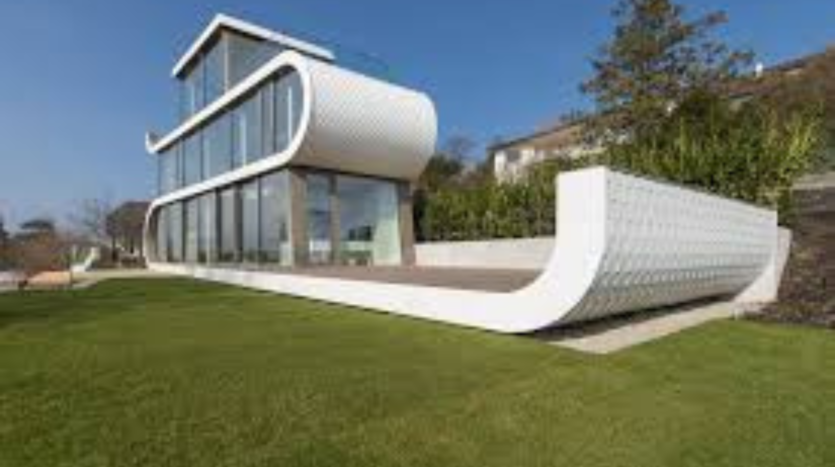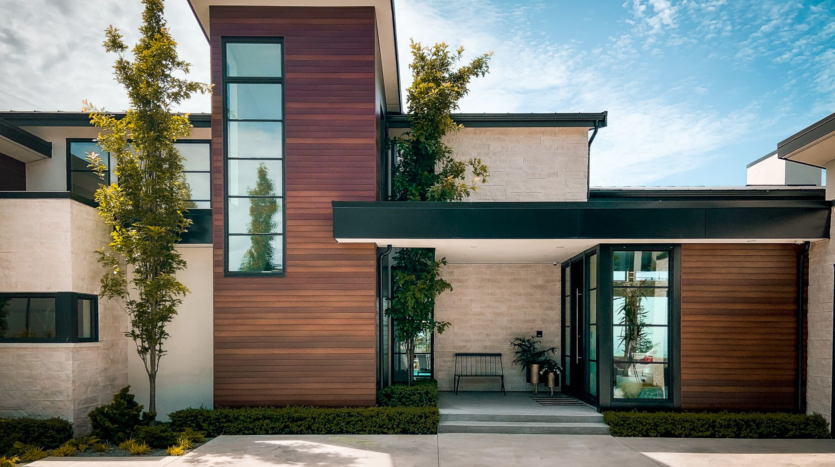Introduction
In the ever-evolving world of interior design and architecture, the concept of the ideal home has transformed significantly over the years. This article delves into the fascinating journey of home design, from its historical roots to the modern and contemporary trends that define our homes today.
The Evolution of Home Design
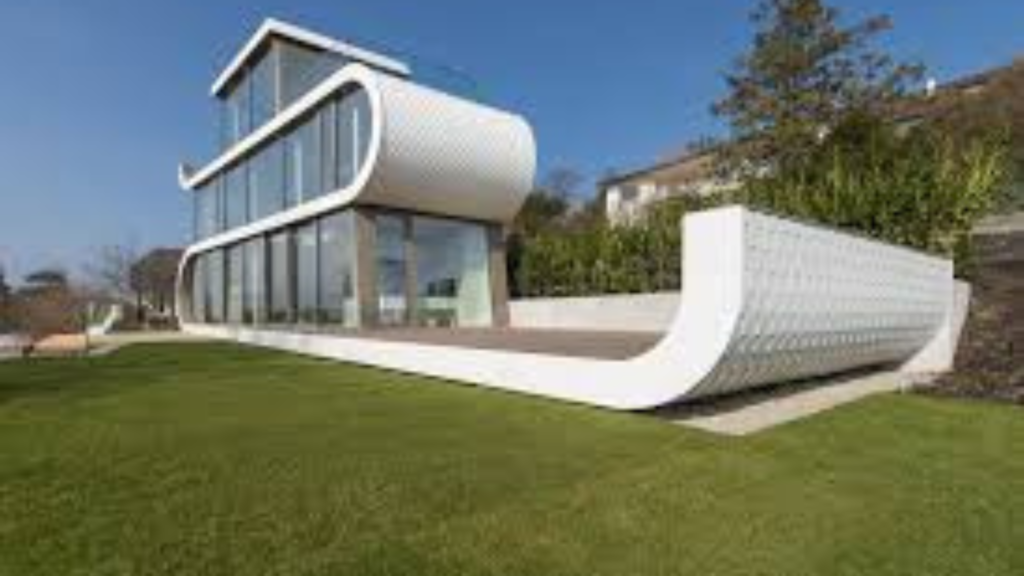
1. Ancient Beginnings: From Caves to Castles
Our journey through the history of home design begins in ancient times when humans sought shelter in caves. Over centuries, these rudimentary dwellings evolved into awe-inspiring castles and fortresses.
2. The Renaissance Era: Elegance and Opulence
During the Renaissance, homes became a canvas for artistic expression. Elaborate frescoes, ornate furniture, and grandiose architecture defined this period.
3. The Industrial Revolution: Functionalism Takes Center Stage
With the Industrial Revolution came a shift towards functionalism. Homes transformed into efficient living spaces, characterized by factories turned lofts and the emergence of the open floor plan.
The Modern Home
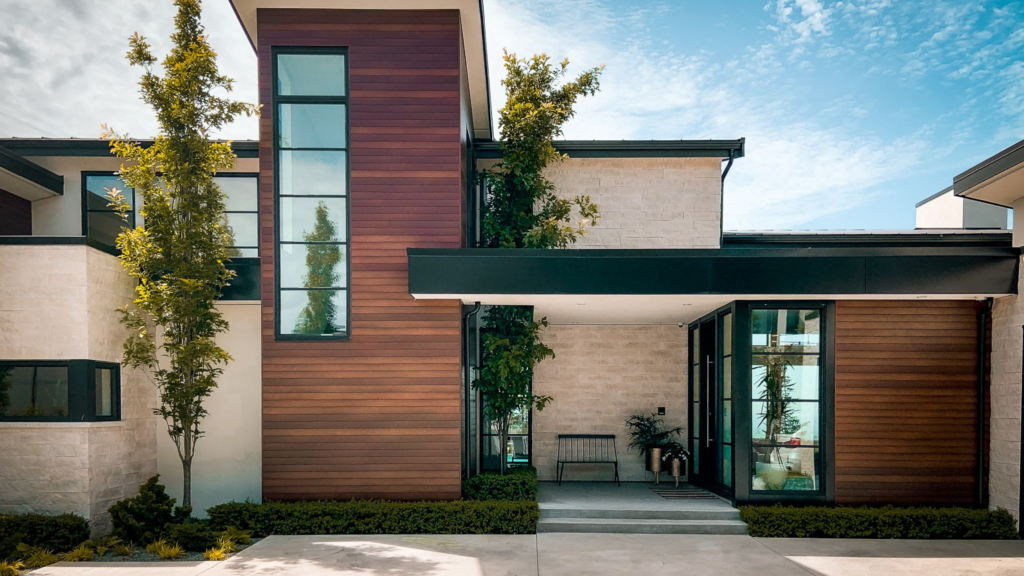
4. Mid-Century Modern: Minimalism and Functionality
The mid-20th century introduced the world to the beauty of minimalism and functionality. Iconic designers like Eames and Le Corbusier reshaped our perception of modern homes.
5. Eco-Friendly Living: Sustainability in Design
In recent years, environmental consciousness has shaped home design. Sustainable materials, energy-efficient systems, and green spaces are now staples of modern homes.
6. Smart Homes: Technology Meets Comfort
The integration of technology into home design has resulted in the rise of smart homes. From voice-activated assistants to automated security systems, our homes have become hubs of innovation.
Contemporary Trends
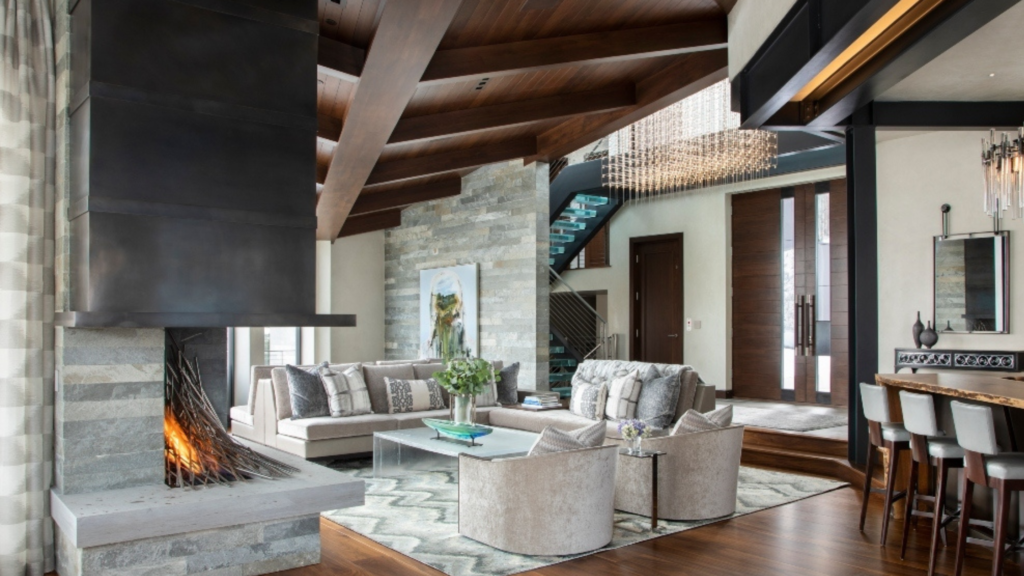
7. Open Concept Living: Breaking Down Walls
The contemporary trend of open-concept living spaces emphasizes fluidity and connectivity between different areas of the home, fostering a sense of togetherness.
8. Biophilic Design: Bringing Nature Indoors
Biophilic design integrates natural elements like plants, natural lighting, and organic materials into homes, promoting well-being and a connection to nature.
9. Minimalist Aesthetics: Less is More
Minimalist interior design focuses on simplicity, clean lines, and a clutter-free environment, creating a sense of serenity and tranquility.
10. Multifunctional Furniture: Versatility and Space Optimization
In smaller living spaces, multifunctional furniture pieces provide versatility and space-saving solutions without compromising style.
Conclusion
From humble caves to smart homes of the future, the evolution of home design reflects our ever-changing lifestyles, values, and technological advancements. Today’s homes embrace sustainability, functionality, and aesthetics in equal measure, offering a glimpse into the future of living.
FAQs
1. What are the key features of biophilic design?
Biophilic design incorporates natural elements like plants, natural light, and organic materials to create a connection to nature within the home. It enhances well-being and promotes a sense of calm.
2. How can I incorporate sustainability into my home design?
You can use sustainable materials, install energy-efficient systems, and create green spaces in and around your home to promote sustainability in design.
3. What defines a smart home?
A smart home is equipped with technology that allows homeowners to control various aspects of their home, such as lighting, security, and temperature, remotely and often through voice commands.
4. Why is open concept living popular in modern homes?
Open concept living fosters a sense of togetherness and connectivity, making it a popular choice for modern homes. It also maximizes natural light and creates a feeling of spaciousness.
5. How can I embrace a minimalist aesthetic in my home?
To embrace a minimalist aesthetic, focus on simplicity, clean lines, and decluttering your living spaces. Opt for functional furniture and a neutral color palette to create a serene atmosphere.
- Насколько самоуверенность воздействует на понимание побед - December 4, 2025
- GameArt Casinos 2025 ⭐ Best GameArt casino Dr Bet Login login Gambling enterprise Bonuses & The Harbors - December 4, 2025
- Online Casino’s in Nederland: Regelgeving en Praktische Vereisten - December 4, 2025


